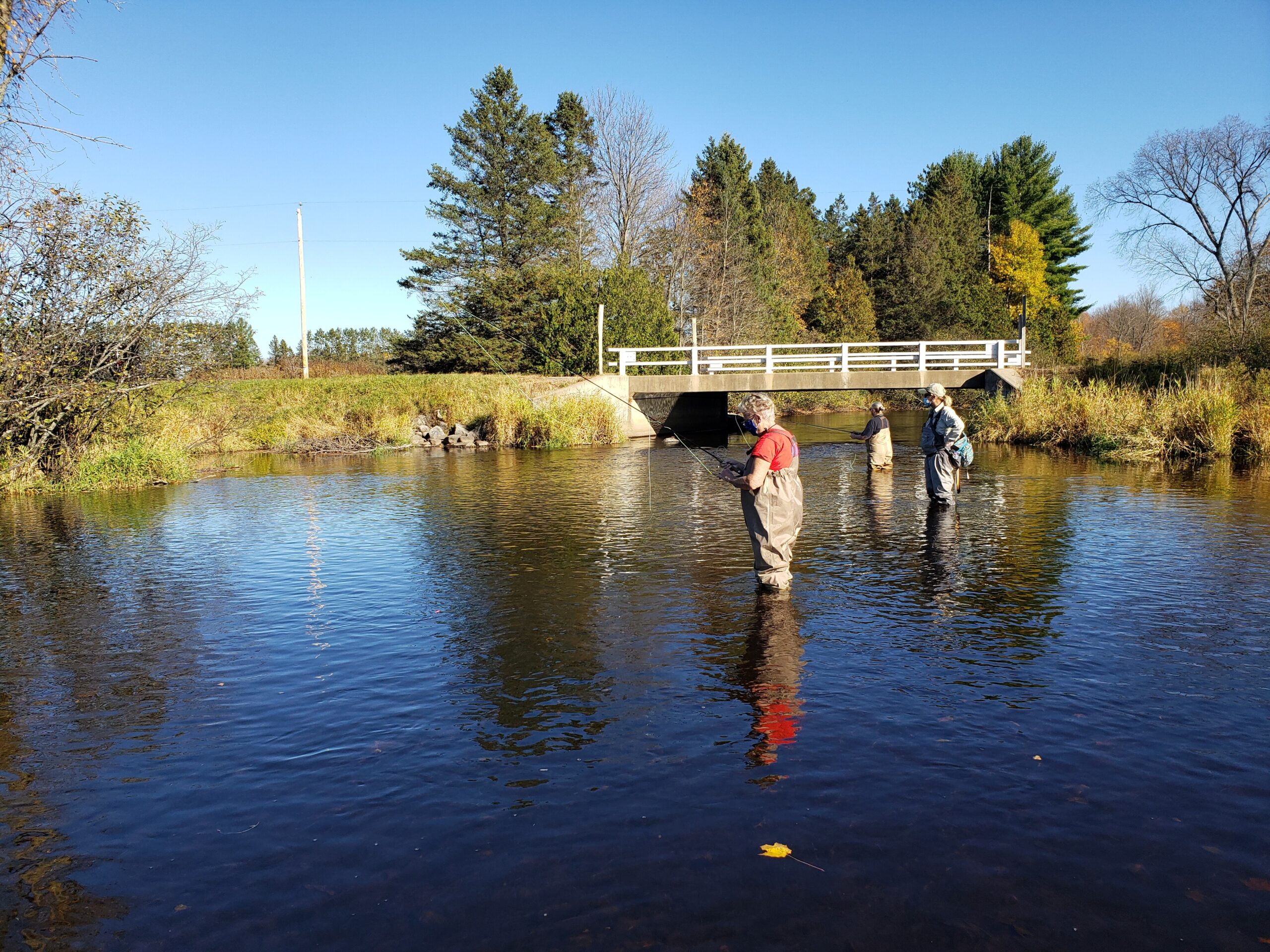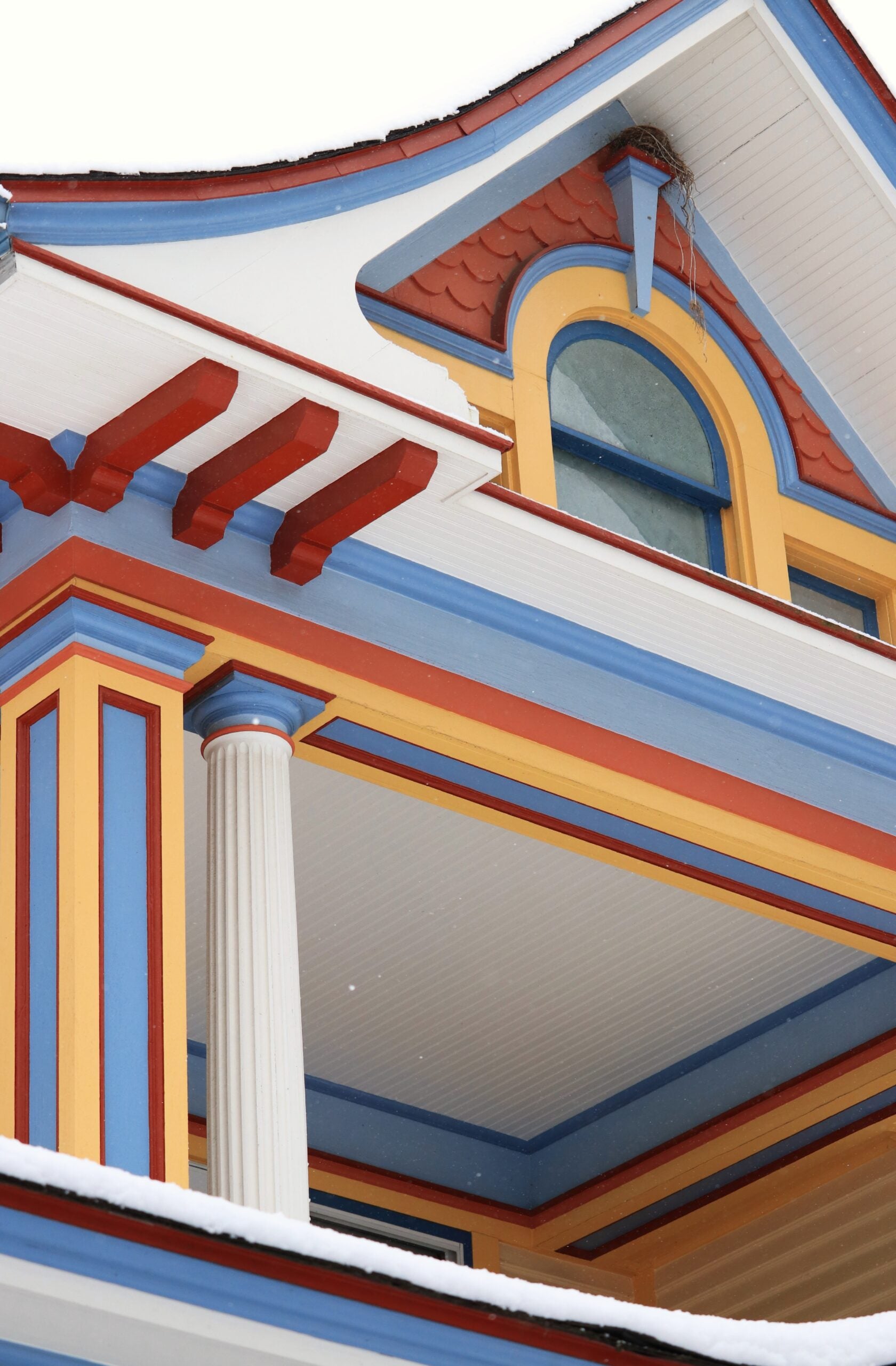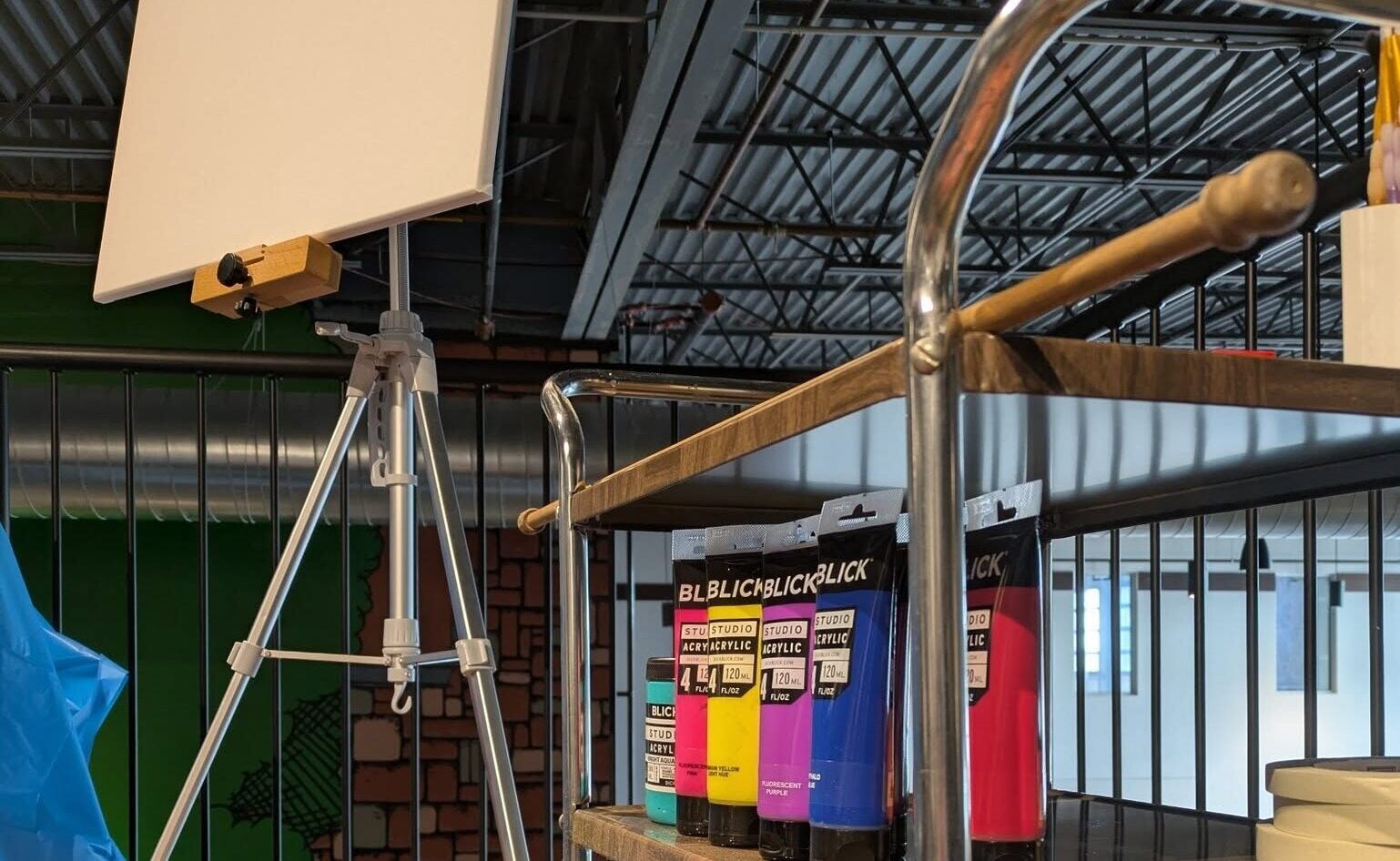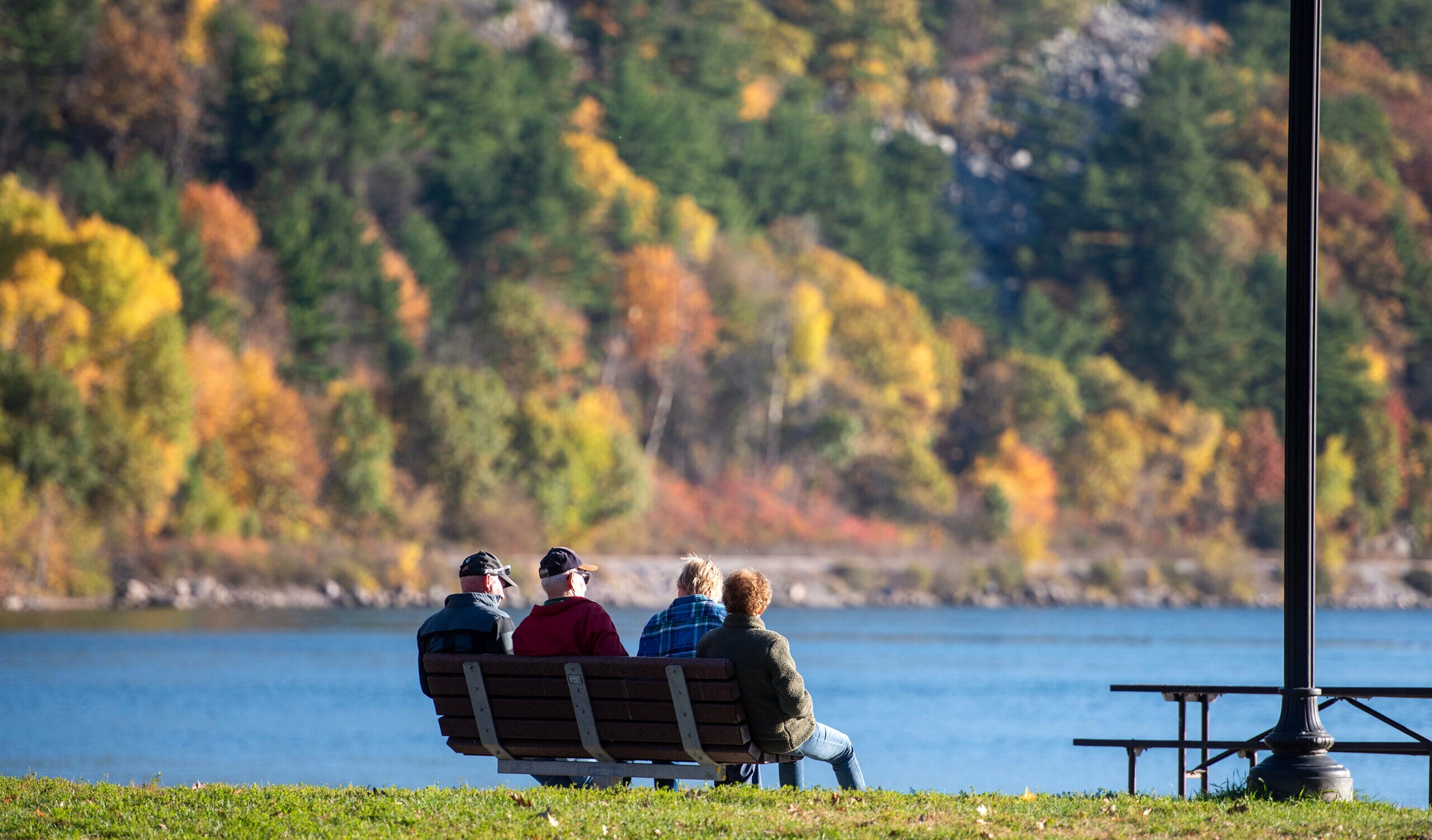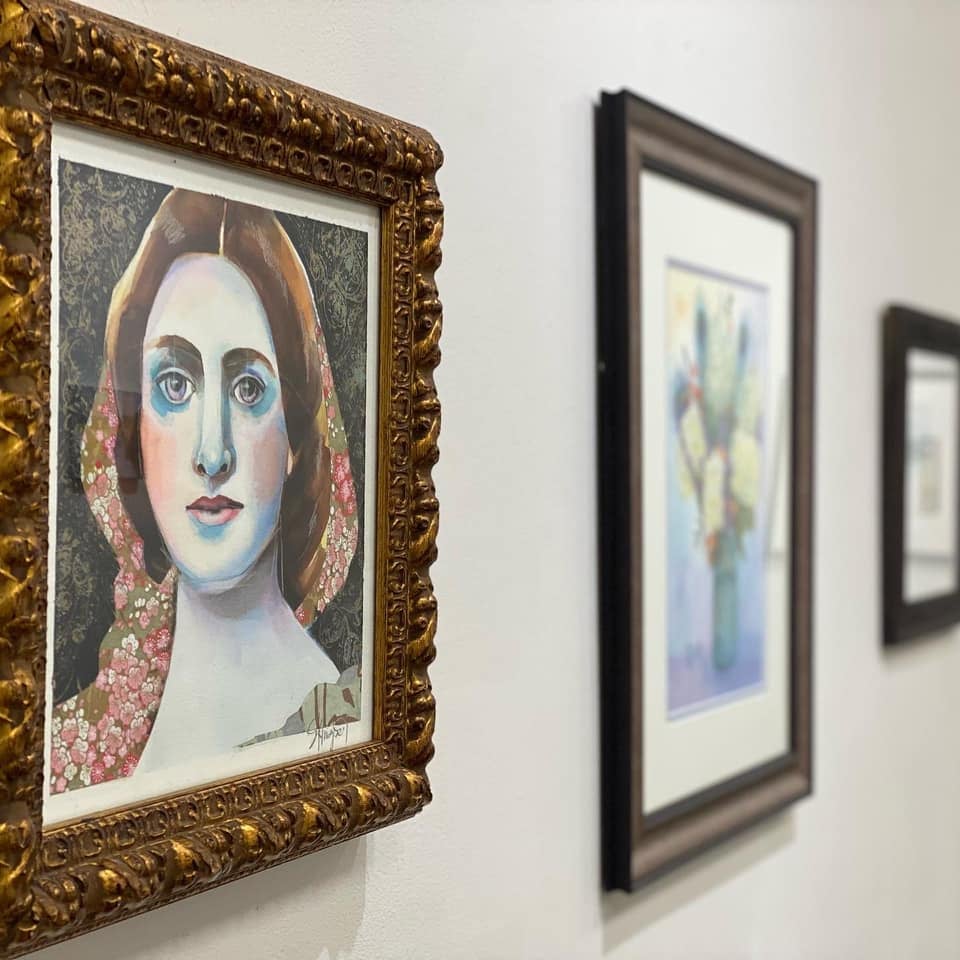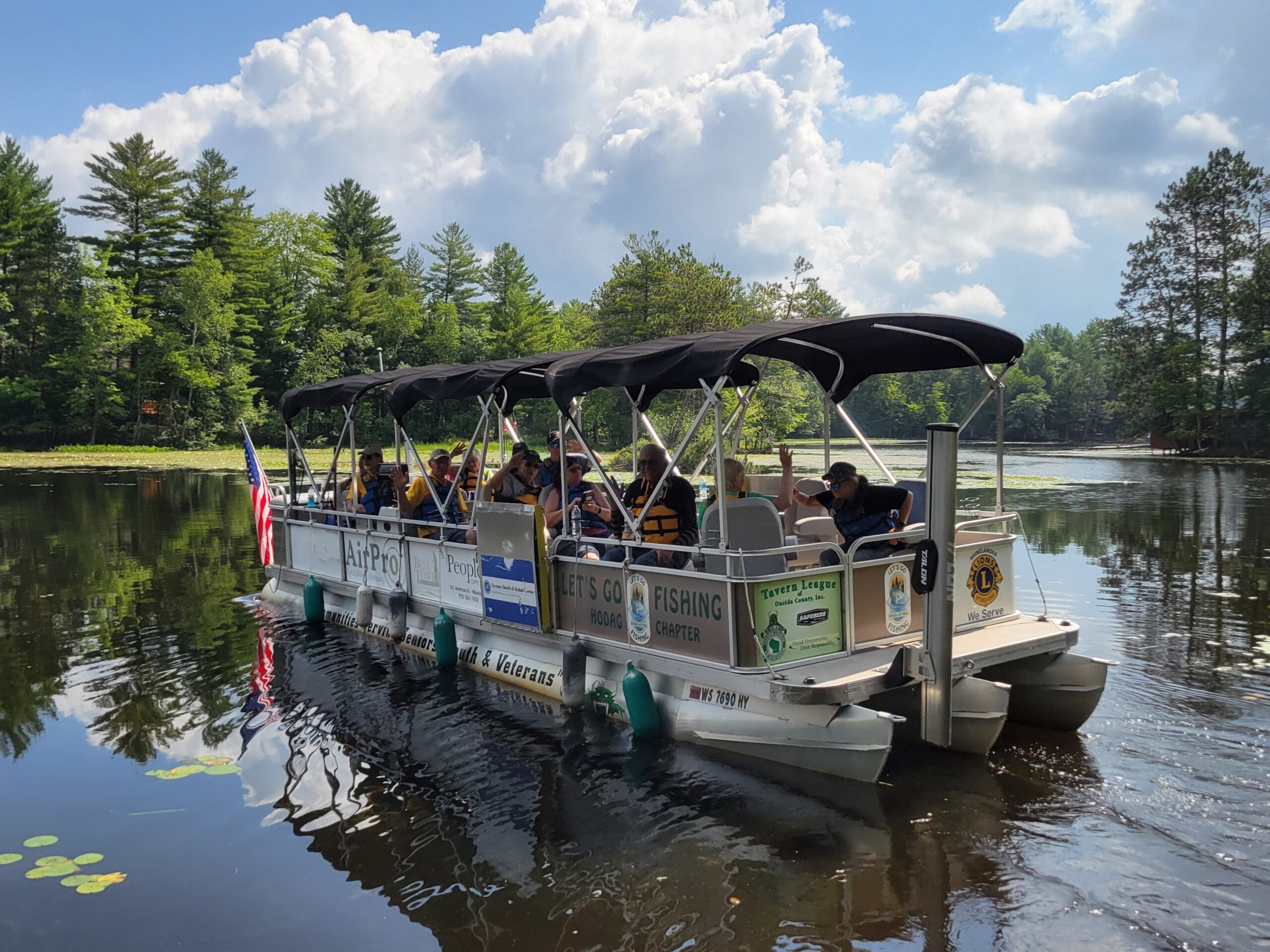For more than three decades, the Becoming an Outdoors Woman program in central Wisconsin has been providing participants with the skills and confidence they need to more fully enjoy the outdoors, regardless of past experience, fitness level, age and background.
The program, launched in 1991 at the University of Wisconsin-Stevens Point, is part of an international initiative, with workshops held in dozens of U.S. states and in Canada. At its heart is a belief that the outdoors should be accessible to everyone. Women who have never picked up a bow, cast a fishing line or pitched a tent can find themselves part of a supportive and welcoming community of learners, mentors and friends.
Peggy Farrell, director of the local BOW program, has seen firsthand how transformational the experience can be. In an interview with WPR’s Shereen Siewert on “Morning Edition,” Farrell said some women say that the program changed their lives.
News with a little more humanity
WPR’s “Wisconsin Today” newsletter keeps you connected to the state you love without feeling overwhelmed. No paywall. No agenda. No corporate filter.
“One gal came to a program and took canoeing because she was specifically afraid of water, after having been involved in a water accident,” Farrell told WPR. “She said that we had really given her something back in her life. It helped her get over that fear and get the confidence to not only do that, but continue doing those activities outside of the program. That is one success story.”
BOW offers a wide range of hands-on workshops and outdoor adventures at locations throughout the region, including UW-Stevens Point’s Treehaven field station. Treehaven hosts a wide variety of programming in environmental and natural resource education throughout the year.
From archery to fishing, birdwatching to kayaking, women from all experience levels can discover new skills or deepen their love of nature. Find a list of upcoming events here.
The following interview was edited for brevity and clarity.
Shereen Siewert: What does it mean to you personally to share your love of the outdoors with so many other women?
Peggy Farrell: It helps me remember the things that I learned when I was first introduced to the outdoors. It’s just really important to me to be able to share what I love with other people, and when I see them get excited, it just kind of brings everything full circle.
SS: How did the program begin and how did you get involved?
PF: It grew out of a conference that was looking at why women were underrepresented in outdoor activities that were traditionally dominated by men, such as hunting and fishing.
After digging around, after trying to identify barriers to women’s participation, a group came up with the idea that education was a barrier. Women had no place to go to learn these things in a safe and welcoming environment. The very first Becoming an Outdoors Woman workshop was created and more than 100 women attended. It just took off from there.
SS: Talk about the courses you offer. What’s available?
PF: We do two big weekend-long workshops up at Treehaven Field station, which is sort of halfway between Tomahawk and Rhinelander.
There are over 20 different classes offered at each of those, and women can choose four they want to participate in. The classes are equally divided between fishing and boating, hunting and shooting, and a third category which is anything and everything you can think of to do in the outdoors like photography, wildlife ecology, camping, kayaking and other things.
Sometimes we put hammocks up in trees and people sleep in the trees at night, for example. There’s something for everyone.
SS: How do you choose which subjects to focus on?
PF: Sometimes it’s based on which instructors are available. Sometimes it’s based on the time of year. For instance, we do a winter workshop where we’ve got ice fishing, snowshoeing and cross-country skiing.
It can be dictated by what part of the state we’re in, because we do things like charter fishing on Lake Michigan. We move around the state to try to create opportunities for people who might not be able to drive all the way up north.
SS: What does it feel like to you personally when you see the magic happen, when the light bulb turns on?
PF: It feels like oh, now I remember why I’m doing this. There is a lot that goes into creating these programs and it happens at a computer in an office with lots of emails, lots of forms, lots of phone calls. And that seems like a little bit of an irony under the wooden engraved sign that says, “becoming an outdoors woman,” but that’s the stuff that has to happen to bring it all to fruition.
And then when you get a group of people together to have these first-time experiences and step out of their comfort zone and do cool things, that’s the rewarding part of the whole job. It’s just really cool to see.
SS: How do you ensure that the workshops are accessible and enjoyable for women of all ages and fitness levels?
PF: First of all, we tell them ahead of time if they’re looking at our brochures or our website that we can help you do just about anything, no matter what your physical fitness level is, or your age, or if you have some specific disability. That could be a physical or a mental disability as well, like a fear of something, so we can prepare in advance.
We can talk you through it and find out what you need. We’ve gotten elderly people on long hikes and snowshoe hikes and skiing and rock climbing, and we’ve gotten people who have mobility issues to get out in the field and actually hunt deer. If there’s a way that we can make it happen, we do it.
SS: How do you recruit and train instructors that are right for your program?
PF: Sometimes we have participants who really dig in deep with what they’re learning. They go out and do these things on their own and learn more and come back and say I really want to help with the program. So, participants can become instructors as well.
SS: Over the years that you’ve been involved in this, have you seen a shift in demographics? Are more women participating in these kinds of activities?
PF: I think so, particularly in the hunting world. I didn’t start hunting until I was an adult. I was almost 30. So that was a lot of years ago and it was sort of unusual to see women in blaze orange or in their camouflage clothes at the gas station. I would often get questions like, “Hey, you’re hunting; what are you hunting?” That sort of attention, just because I was a female.
But that doesn’t happen anymore. Maybe it happens to younger people, but I feel like it’s not such an anomaly or curiosity to see women who are out hunting, which is good. This is what we set out to do, to make it like we are all in this together and everyone is welcome.
I think there has been a shift. I think that’s because of educational programs like this one that make it more possible for women to even think about doing these things, to feel like they might want to try it and then to actually get themselves to a place where they can do it and be successful.
If you have an idea about something in central Wisconsin you think we should talk about on “Morning Edition,” send it to us at central@wpr.org.

